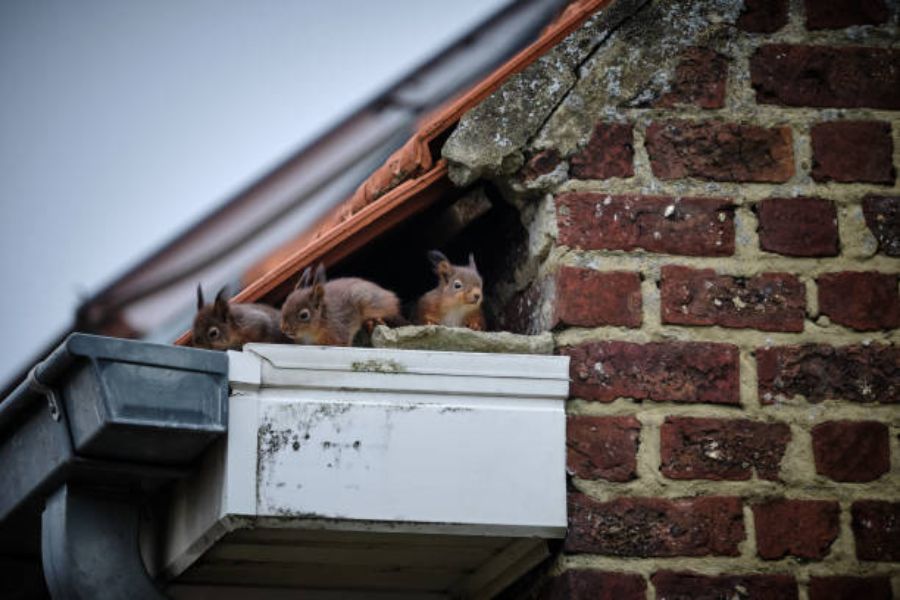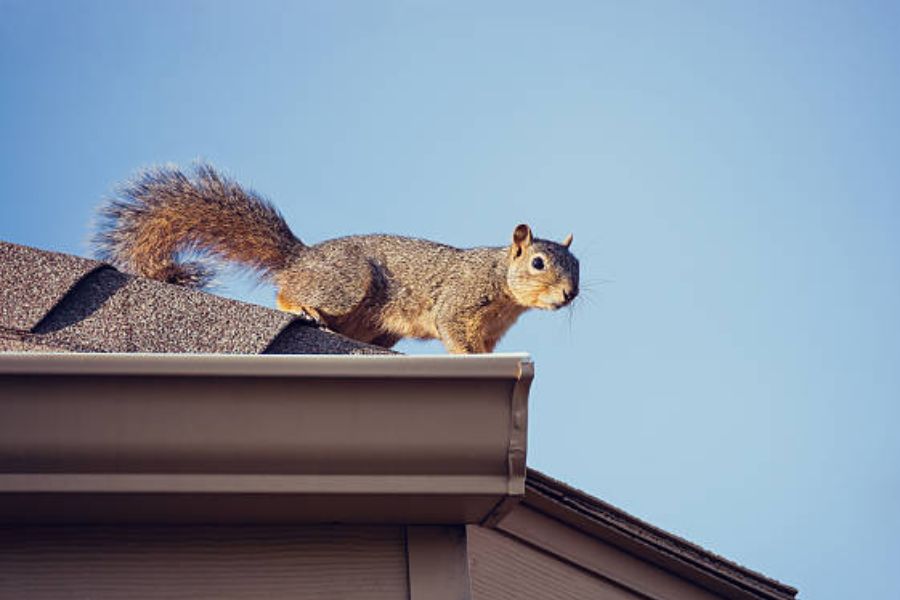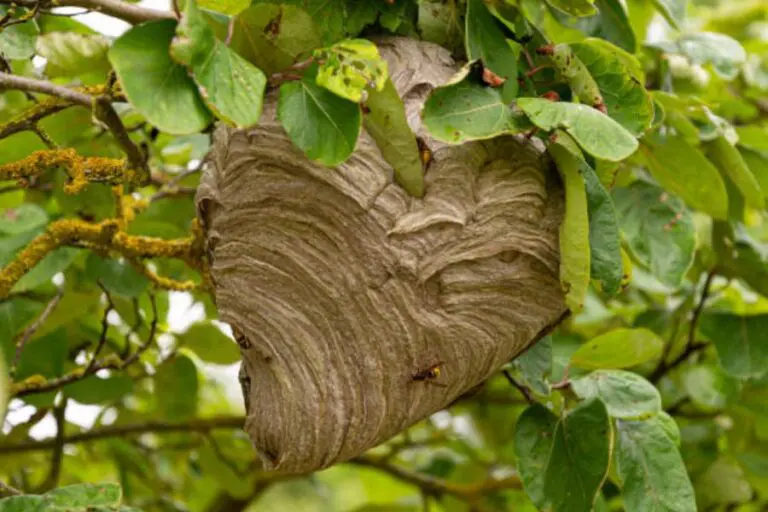Squirrels: 10 Unusual Behaviours & Habitats

Squirrels, with their charming acrobatics, playful antics, and boundless energy, are among the most captivating creatures in the animal kingdom. Their bushy tails, sharp instincts, and adaptability to various habitats make them not just charming but also an essential part of our ecosystems. In this detailed exploration, we’ll delve into squirrels’ unique traits, from their diverse diets and preferred living spaces to their intriguing social structures and physical abilities.
If you’ve ever found yourself captivated by a squirrel darting across a park or watched in awe as one leapt from tree to tree, this guide will offer you a closer look into the life of these agile rodents. As we uncover their behaviours, habitats, and quirks, you’ll gain a greater appreciation for the squirrels you encounter in your neighbourhood and beyond.
What Do Squirrels Eat?
One of the most fascinating aspects of a squirrel’s life is its diet. Squirrels are foragers by nature, and their diet reflects their resourcefulness. While many think of squirrels as nut lovers, they enjoy a surprisingly diverse menu that includes seeds, fruits, acorns, and berries. They also consume flower buds, young plants, and the occasional insect. In autumn, squirrels gather and store food in hidden caches, preparing for the winter months. They have an impressive memory, allowing them to locate these hidden stashes even when snow blankets the ground. Food storage is a crucial survival tactic for squirrels that ensures they have enough to eat during scarce times.
Where Do Squirrels Live?
With their remarkable adaptability, Squirrels can make their homes in various environments, from dense forests to suburban backyards and even urban parks. Their nests, known as dreys, are constructed high in the trees, providing shelter and protection. Made from a combination of leaves, twigs, and moss, these nests offer warmth and security for squirrels and their young. Ground squirrels, on the other hand, create burrows or tunnels underground, establishing intricate networks that provide shelter and storage space. Regardless of the species, squirrels are masters at finding or building a habitat that suits their needs, demonstrating incredible flexibility and resourcefulness in their choice of living spaces.
How Long Do Squirrels Live?
The lifespan of a squirrel depends on its species, environment, and access to resources. In the wild, most squirrels live between five and ten years, although some have been known to reach 15 years or more, mainly when they inhabit protected environments with fewer predators and plentiful food sources. Predation, disease, and the dangers of urban landscapes, like traffic, significantly impact their lifespans. The survival skills of squirrels—agility, speed, and the ability to store food—play a vital role in determining how long they live. Their resilience and adaptability have allowed them to thrive in various environments, from city parks to remote woodlands.
How Fast Can Squirrels Run?
Squirrels are astonishingly quick. They can run up to 20 miles per hour, using their agility and reflexes to escape predators or race through trees and open spaces. Their running style is unique, often characterised by a zig-zagging pattern that confuses predators and helps them dodge obstacles. This combination of speed and agility makes squirrels some of the fastest animals in their size category. Their sharp reflexes and impressive leg muscles allow them to navigate diverse terrains and easily avoid danger, making them perfectly adapted to their often fast-paced, precarious lives.

Do Squirrels Hibernate?
Unlike some animals that fully hibernate, squirrels do not go into complete hibernation. Instead, they experience a state called “torpor” during colder months, where their metabolic rate decreases, and they conserve energy. Squirrels build up food supplies in autumn, and as temperatures drop, they rely on their stored caches, venturing out periodically to retrieve food. During extreme cold, they may remain in their nests for days, conserving energy and staying warm. This unique approach to winter allows squirrels to survive harsh climates without fully entering hibernation, showcasing their adaptability and resilience in the face of changing seasons.
Can Squirrels Swim?
Yes, squirrels can swim when needed, although they don’t frequently seek out water. Their swimming style resembles a doggy paddle, where they use all four legs to propel themselves forward. The bushy tail of a squirrel serves as a stabiliser in the water, helping with balance and direction. While swimming isn’t a primary behaviour for squirrels, they can cross rivers, ponds, or other bodies of water if necessary. This adaptability underscores the squirrel’s ability to survive in diverse habitats and adds another fascinating facet to their skills.
Are Squirrels Rodents?
Squirrels are indeed rodents and are part of the Sciuridae family, which includes tree squirrels, ground squirrels, and flying squirrels. They share common traits with other rodents, such as constantly growing incisors that require frequent gnawing. This is why squirrels are often seen chewing on complex objects like nuts, bark, and even tree branches. Their powerful front teeth are adapted to help them crack open hard shells and obtain food. As rodents, squirrels exhibit many of the same behaviours and physical traits as other rodent family members, yet their distinctive lifestyle and agility set them apart as a unique and fascinating branch of the rodent lineage.

Do Squirrels Mate for Life?
While squirrels are highly social creatures, they do not mate for life. Mating season for squirrels usually occurs twice a year, in late winter and early summer. During this period, males compete for the attention of females through playful chases and acrobatic displays. After mating, the female is solely responsible for raising the young, building a secure nest and nurturing the offspring until they are independent. This lack of long-term pairing is a survival strategy, allowing squirrels to maximise genetic diversity and increase the odds of survival for future generations.
Can Squirrels Be Kept as Pets?
Although squirrels are undeniably cute and entertaining, they are best left in the wild. Keeping a squirrel as a pet is challenging and illegal in many places due to regulations designed to protect wildlife. Squirrels have complex dietary and physical needs, requiring ample space to climb, run, and explore. Their instincts can lead to destructive behaviours in a domestic setting. Additionally, squirrels have specific social structures and routines best suited to their natural habitat. Observing squirrels from a distance allows us to appreciate their beauty and energy while respecting their place in the wild.
Fun Facts About Squirrels
Squirrels are full of surprises and countless exciting facts about their lives and behaviours. Here are some fun facts that reveal just how extraordinary these animals are:
Squirrel Acrobats: Squirrels can leap up to 10 times their body length, using their tails as a counterbalance to stabilise themselves mid-air. This incredible agility helps them navigate tree branches and escape predators.
Memory and Food Storage: Squirrels have an impressive spatial memory, enabling them to remember hundreds of food caches. They bury food in various locations, ensuring a steady supply during winter.
Tree Planters: By burying nuts and seeds and sometimes forgetting them, squirrels play a crucial role in forest regeneration, inadvertently planting new trees and contributing to biodiversity.
Colour Variations: Squirrels come in various colours, from standard grey and red to rarer black, white, and even multi-coloured coats that provide camouflage in their respective environments.
Teeth That Never Stop Growing: Squirrels’ front teeth, or incisors, grow continuously, allowing them to gnaw on hard materials to maintain the right length. This trait is essential for their survival, enabling them to crack open tough shells.
Social Communication: Squirrels use vocalisations, tail movements, and scent markings to communicate with each other, convey warnings, establish territory, and coordinate group activities.
Flying Squirrels: Although not true fliers, flying squirrels can glide for impressive distances using the patagium membrane. This ability allows them to travel between trees with remarkable precision.
Decoy Behaviour: Some squirrels practice “fake burying,” pretending to bury a nut in one spot while hiding it elsewhere. This clever tactic helps them prevent other animals from stealing their food.
High Adaptability: Squirrels have adapted well to urban environments, learning to navigate human landscapes, including busy streets and public parks, with ease.
Unique Languages: Squirrels have a range of vocalisations, from chirps and clicks to warning calls and barks. Their distinct sounds serve various purposes, from warding off predators to establishing social hierarchy.
Squirrels enrich their landscapes, whether foraging for food, creating new habitats, or simply providing entertainment with their lively antics. These intelligent, resourceful rodents have developed an array of behaviours and adaptations that allow them to thrive in various settings. As we continue to coexist with squirrels, understanding their needs, behaviours, and impact on our environment will enable us to appreciate their role in nature.
Whether you observe them in a dense forest or a bustling city, squirrels remind us of the resilience and beauty inherent in the natural world. Their remarkable survival skills, complex social structures, and playful spirit make them a unique part of our ecosystems. Next time you see a squirrel racing across a tree or burying a nut, take a moment to admire the fascinating life of this incredible creature. They may be small, but squirrels significantly impact the world around us.





